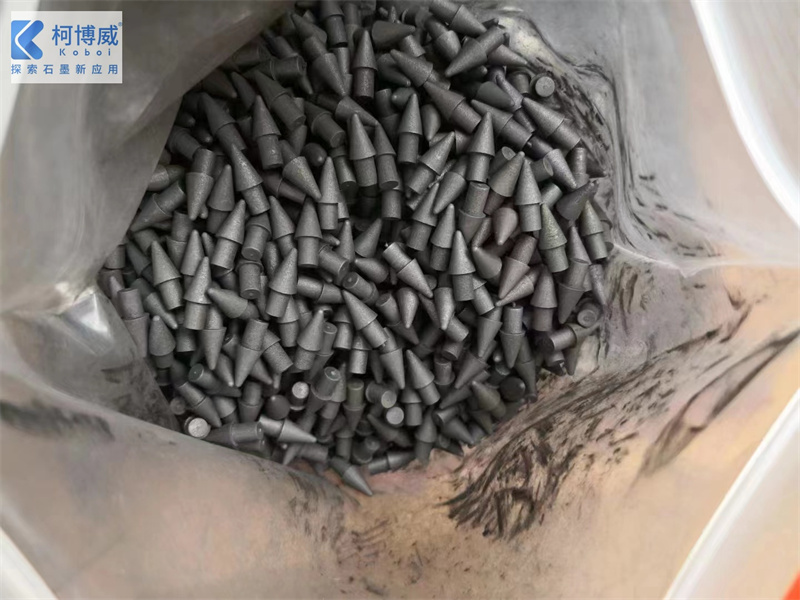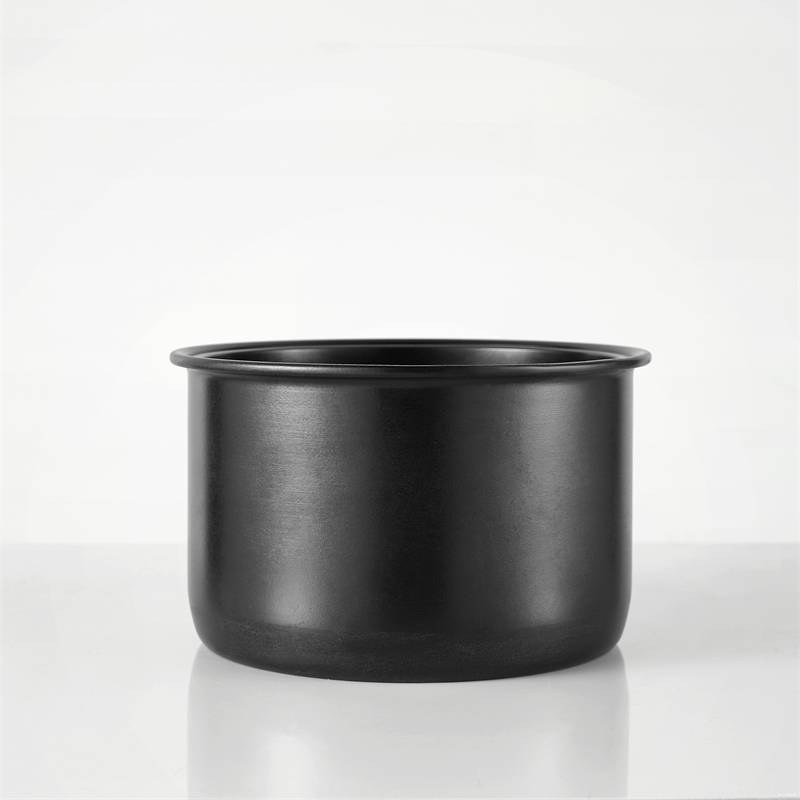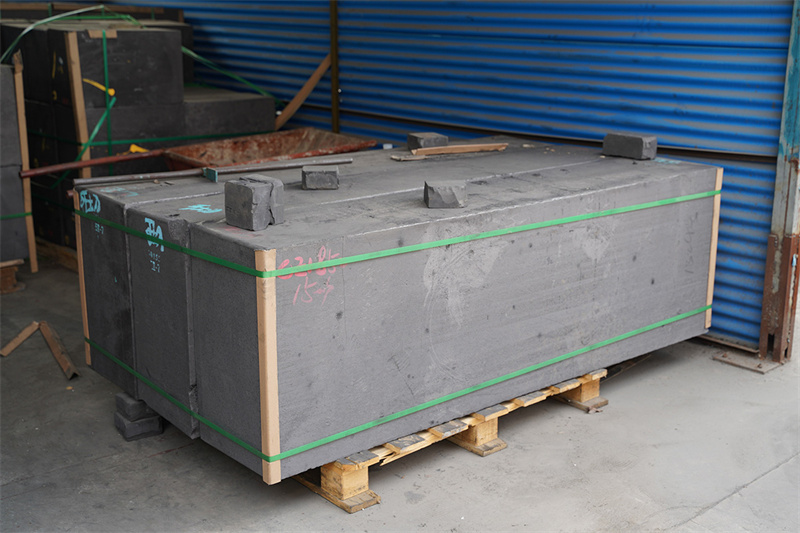Carbon-carbon composite materials represent an intriguing class of advanced materials that have gained significant attention across various industries. Characterized by their exceptional mechanical properties, high thermal conductivity, and resistance to extreme environments, carbon-carbon composites have found applications ranging from aerospace and automotive to sporting goods and industrial machinery.
Carbon-Carbon Composite Materials
Carbon-carbon composite materials, often abbreviated as C/C composites, are a class of advanced materials composed primarily of carbon fibers embedded within a carbon matrix. This unique combination results in a material with exceptional mechanical, thermal, and chemical properties. Carbon-carbon composites are renowned for their high strength, stiffness, thermal conductivity, and resistance to extreme environments, making them valuable for a wide range of applications across various industries.
Properties of Carbon-Carbon Composite Materials
Carbon-carbon composites exhibit a unique combination of properties that make them desirable for various high-performance applications.
High Strength and Stiffness: Carbon-carbon composites possess remarkable mechanical strength and stiffness, surpassing many traditional engineering materials such as metals and ceramics. This property makes them ideal for applications requiring lightweight yet durable components.
High Thermal Conductivity: With excellent thermal conductivity, carbon-carbon composites are capable of efficiently dissipating heat, making them suitable for use in high-temperature environments such as aerospace propulsion systems and brake discs.
Low Thermal Expansion: Carbon-carbon composites demonstrate low thermal expansion coefficients, providing dimensional stability across a wide range of temperatures. This property is crucial in applications where thermal cycling occurs frequently.
Chemical Resistance: The inert nature of carbon makes carbon-carbon composites resistant to many chemicals, making them suitable for use in corrosive environments.
Applications of Carbon-Carbon Composite Materials
The unique properties of carbon-carbon composites have led to their adoption in diverse applications, including:
Aerospace: Carbon-carbon composites are extensively used in aerospace applications, including aircraft structural components, rocket nozzles, and thermal protection systems for spacecraft re-entry.
Automotive: In the automotive industry, carbon-carbon composite materials find application in high-performance brake discs, where their superior thermal conductivity and lightweight properties improve braking performance and reduce vehicle weight.
Sporting Goods: Carbon-carbon composites are utilized in the production of sporting goods such as tennis rackets, golf clubs, and bicycle frames, offering athletes lightweight yet strong equipment that enhances performance.
Industrial Machinery: Due to their high thermal conductivity and resistance to thermal shock, carbon-carbon composites are used in various industrial applications, including furnace components, heating elements, and crucibles.
The future of carbon-carbon composite materials is promising, with ongoing research focused on enhancing their properties, reducing manufacturing costs, and exploring new applications. Advances in nanotechnology hold the potential to further improve the mechanical and thermal properties of carbon-carbon composites by incorporating nanostructures into their matrix. Additionally, efforts to optimize manufacturing processes and scale-up production could lead to wider adoption of carbon-carbon composites in mainstream industries, driving innovation and pushing the boundaries of material science.
Conclusion
Carbon-carbon composite materials represent a remarkable class of advanced materials with unparalleled mechanical, thermal, and chemical properties. From aerospace and automotive to sporting goods and industrial applications, carbon-carbon composites continue to revolutionize various industries. With ongoing research and technological advancements, the future holds immense potential for further innovation and expansion of carbon-carbon composite materials, paving the way for exciting new developments in engineering and technology.



_853.jpg)
_867.jpg)
